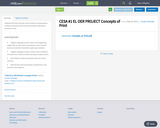
Students first learn how the sound-symbol correspondence in letters and words work so that they better understand how text is used.
- Subject:
- English Language Arts
- Material Type:
- Activity/Lab
- Teaching/Learning Strategy
- Date Added:
- 05/28/2018

Students first learn how the sound-symbol correspondence in letters and words work so that they better understand how text is used.
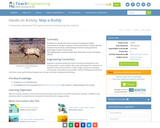
Students are introduced to the concept of tracking and spatial movements of animals in relation to the environments in which they live. Students improve their understanding of animal tracking and how technology is used in this process.
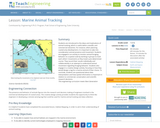
The following lesson is an introduction to the ideas and implications of animal tracking. Animal tracking is a useful method used within science and commercial industries. For instance, when planning the development coastal areas, animal presence and movement should be taken into consideration. The lesson engages students in an activity to monitor animal foraging behavior on a spatial scale. The students will break into groups and track each other's movements as they move through a pre-determined course. The results will be recorded both individually and collaboratively in an attempt to understand animal movement regarding foraging behavior. Students will also engage in a creative design activity, focusing on how they would design a tag for a marine animal of their choice. In conclusion, instructors will query the class on data interpretation and how spatial information is important in relation to commercial, conservation, and scientific research decisions.

Students apply concepts of disease transmission to analyze infection data, either provided or created using Bluetooth-enabled Android devices. This data collection may include several cases, such as small static groups (representing historically rural areas), several roaming students (representing world-travelers), or one large, tightly knit group (representing urban populations). To explore the algorithms to a deeper degree, students may also design their own diseases using the App Inventor framework.

Students modify a provided App Inventor code to design their own diseases. This serves as the evolution step in the software/systems design process. The activity is essentially a mini design cycle in which students are challenged to design a solution to the modification, implement and test it using different population patterns The result of this process is an evolution of the original app.
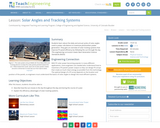
Students learn about the daily and annual cycles of solar angles used in power calculations to maximize photovoltaic power generation. They gain an overview of solar tracking systems that improve PV panel efficiency by following the sun through the sky.

Subject presents a range of advanced topics in integrated logistics and supply chain management. Conducted in a lecture-discussion format, with participation of corporate executives as guest lecturers. Students prepare industry assessment analyses and make formal classroom presentations. Specific topics alternate from year to year, but basic content includes procurement strategies and strategic sourcing, dynamic pricing and revenue management tactics, mitigation of supply chain risk through supply contracts, strategic outsourcing of supply chain chain functions and operations, management and operation of third party logistics providers, and management of supply chain security.
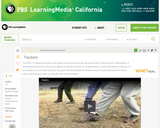
In this video segment from WILD TV, meet a group of trackers and learn how they track animals.